The Smith Machine is a staple in many gyms, offering a versatile way to perform various exercises with added stability. One of the most effective lower body exercises you can do with this machine is the Smith Machine Hip Thrust, commonly referred to as hip thrusts on smith machine. This movement primarily targets your glutes, hips, and lower back, making it a must for anyone serious about building strength and muscle in these areas. Whether you’re a fitness enthusiast or just starting, adding hip thrusts to your routine can take your workout to the next level.
In this guide, we’ll cover everything you need to know about the Smith Machine Hip Thrust, from proper form to the muscles worked and the many benefits of incorporating this exercise into your fitness regimen.
What is a Smith Machine?
A Smith Machine is a weight-training apparatus with a fixed barbell that moves along steel rails. It allows for more controlled movements compared to free weights, making it an excellent choice for exercises that require stability, like the hip thrust. The built-in safety locks also provide peace of mind, enabling users to perform exercises without a spotter.
Some common exercises done on a Smith Machine include squats, lunges, shoulder presses, and of course, hip thrusts. Its design is particularly helpful for beginners who may still be developing balance and control during lifts. In the following sections, we will guide you on how to hip thrust on smith machine effectively to maximize your glute workout.
How to Set Up a Smith Machine Hip Thrust
Before diving into the specifics of how to do hip thrusts on smith machine, it's crucial to set up the equipment correctly to ensure safety and effectiveness. Setting up the Smith Machine for a hip thrust is simple but crucial for avoiding injury and maximizing the benefits. Here’s how to do it:
- Place a bench behind the Smith Machine to support your upper back.
- Position the barbell so that it rests across your hips when you’re in the starting position.
- If needed, use a pad to protect your hips from the bar’s weight.
- Begin with a lighter weight or even just the bar to practice the movement before adding heavier loads.
Performing the Smith Machine Hip Thrust with Proper Form
Understanding how to do hip thrusts correctly is essential for maximizing the benefits and avoiding injury.
Once you’re set up, follow these steps for proper form:
- Start Position: Sit on the floor with your upper back against the bench, knees bent, and feet flat on the ground. The barbell should be positioned across your hips.
- Core Engagement: Keep your core engaged and your back straight. This will help protect your lower back during the lift.
- Hip Thrust: Drive through your heels to lift your hips toward the ceiling, fully extending them at the top. Your body should form a straight line from shoulders to knees.
- Squeeze and Pause: At the top of the movement, squeeze your glutes and pause briefly for maximum muscle activation.
- Return to Start: Slowly lower your hips back to the ground, maintaining control throughout the motion.
Perform 8-12 reps for 3-4 sets, depending on your fitness level and goals.
Tips for Effective Hip Thrusts
To get the most out of your hip thrusts on the Smith machine, follow these tips:
- Start with Proper Form: Proper form is crucial for maximizing the benefits of hip thrusts and preventing injury. Ensure your upper back is firmly against the bench, your core is engaged, and your glutes are squeezed at the top of the movement. This setup will help you maintain stability and focus on the target muscles.
- Use the Right Weight: Selecting the appropriate weight is essential. Begin with a lighter weight to master the smith machine hip thrust form. Gradually increase the weight as you become more comfortable and stronger. This approach helps in maintaining proper form and avoiding unnecessary strain.
- Focus on the Glutes: The primary goal of hip thrusts is to target the glutes. Concentrate on squeezing your glutes at the top of each rep. This focus not only enhances muscle activation but also reduces the risk of injury by ensuring the correct muscles are engaged.
- Use a Full Range of Motion: To fully benefit from hip thrusts, ensure you use a complete range of motion. Lower your hips to the starting position and then push them back up to the top. This full movement helps in maximizing muscle engagement and growth.
- Avoid Arching Your Back: Arching your back can lead to lower back strain and diminish the effectiveness of the exercise. Maintain a neutral spine and keep your core engaged throughout the movement. This posture helps in protecting your lower back and ensuring the exercise targets the intended muscles.
- Practice with Lighter Weights: If you’re new to hip thrusts, start with lighter weights. This practice allows you to get comfortable with the movement and perfect your form before progressing to heavier weights.
- Focus on Controlled Movements: Perform hip thrusts with controlled, deliberate movements. Avoid jerking or bouncing the weight, as this can place unnecessary strain on your muscles and joints. Controlled movements ensure better muscle engagement and reduce the risk of injury.
By following these tips, you can enhance the effectiveness of your hip thrusts on the Smith machine, ensuring you get the most out of your workouts.
Variations of Smith Machine Hip Thrusts
To keep your workouts fresh and challenging, consider incorporating these variations of Smith machine hip thrusts:
- Single-Leg Hip Thrusts: This variation involves lifting one leg off the ground and performing the exercise with a single leg. Single-leg hip thrusts are excellent for improving balance and stability, as well as targeting each glute individually. This variation can help address muscle imbalances and enhance overall strength.
- Pause Hip Thrusts: In this variation, pause for a brief moment at the top of the movement before lowering your hips back down. The pause increases the time under tension for your glutes, leading to greater muscle activation and growth. This technique can be particularly effective for building strength and endurance.
- Slow and Controlled Hip Thrusts: Perform the exercise with a slow and controlled tempo. Slowing down the movement increases the time under tension, which can enhance muscle growth and improve overall muscle control. This variation is great for focusing on form and maximizing muscle engagement.
- High-Rep Hip Thrusts: This variation involves performing the exercise with a high number of reps, typically 12-15 or more. High-rep hip thrusts are beneficial for improving muscle endurance and promoting muscle hypertrophy. They can be a great addition to your routine if you’re looking to build muscle size and stamina.
- Low-Rep Hip Thrusts: Perform the exercise with a low number of reps, usually 3-5 or less. Low-rep hip thrusts are ideal for building muscle strength and power. This variation allows you to lift heavier weights, focusing on increasing your maximum strength and explosive power.
Incorporating these variations into your workout routine can help you target your glutes in different ways, prevent workout monotony, and continue making progress. Whether you’re aiming for strength, endurance, or muscle growth, these variations can add valuable diversity to your Smith machine hip thrusts.
Muscles Worked by the Smith Machine Hip Thrust
The Smith Machine Hip Thrust primarily targets your glutes, but it also works several other muscle groups:
- Glutes: The primary focus of this exercise, including the gluteus maximus, medius, and minimus. Strong glutes improve your posture, mobility, and athletic performance.
- Hamstrings: These muscles assist during the hip extension, helping stabilize your legs throughout the movement.
- Quadriceps: Although not the main focus, your quads are involved in maintaining stability, particularly during the upward phase of the lift.
- Core: Your abs play a role in stabilizing your body, ensuring you maintain proper form throughout each rep.
- Adductors: These muscles in your inner thighs help stabilize your legs, making sure your knees don’t cave inward during the thrust.
Benefits of Smith Machine Hip Thrusts
Incorporating Smith Machine Hip Thrusts into your workout routine comes with several key benefits:
- Increased Glute Strength: Strong glutes are essential for movements like squats, deadlifts, and even daily activities like walking and climbing stairs. The hip thrust is one of the most effective exercises for building glute strength and size. Strong glutes not only enhance your performance in the gym but also improve your overall quality of life by supporting better posture and reducing the risk of injuries in daily activities.
- Improved Hip Mobility: Regularly practicing hip thrusts can enhance the flexibility and mobility of your hips, reducing your risk of injury and improving your performance in other exercises.
- Reduced Risk of Lower Back and Knee Injuries: By strengthening your glutes and hamstrings, you provide better support for your lower back and knees, which are often prone to injuries from weak muscles and poor posture.
- Enhanced Athletic Performance: Whether you’re an athlete or just someone looking to get stronger, the hip thrust helps improve power, especially in activities that require explosive lower-body movements like jumping or sprinting.
- Better Posture: Strong glutes contribute to better alignment of your spine and pelvis, reducing strain on your lower back and improving your overall posture.
Smith Machine Hip Thrust Alternatives
If you don’t have access to a Smith Machine or want to mix things up, there are several alternatives:
- Barbell Hip Thrust: A free-weight version that offers a greater range of motion but requires more balance and control.
- Hip Thrust Machine: Many gyms have dedicated machines designed specifically for performing hip thrusts with added comfort and support.
Conclusion
The Smith Machine Hip Thrust is a powerful exercise for anyone looking to strengthen their glutes, improve hip mobility, and boost overall athletic performance. With its built-in safety features and ability to stabilize the movement, the Smith Machine makes this exercise accessible for beginners and advanced lifters alike. Start incorporating it into your lower-body workout routine today, and you’ll quickly notice the benefits.





















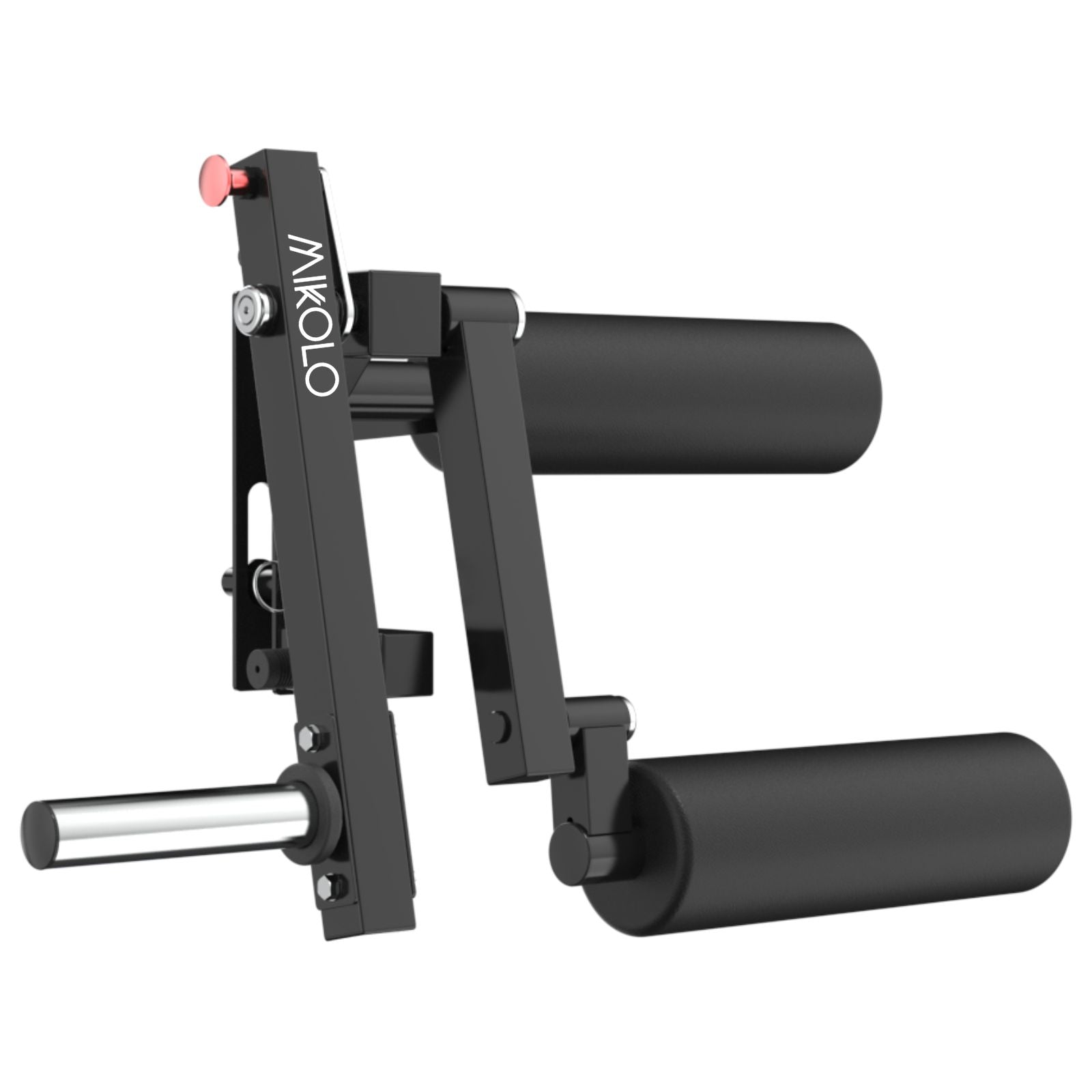















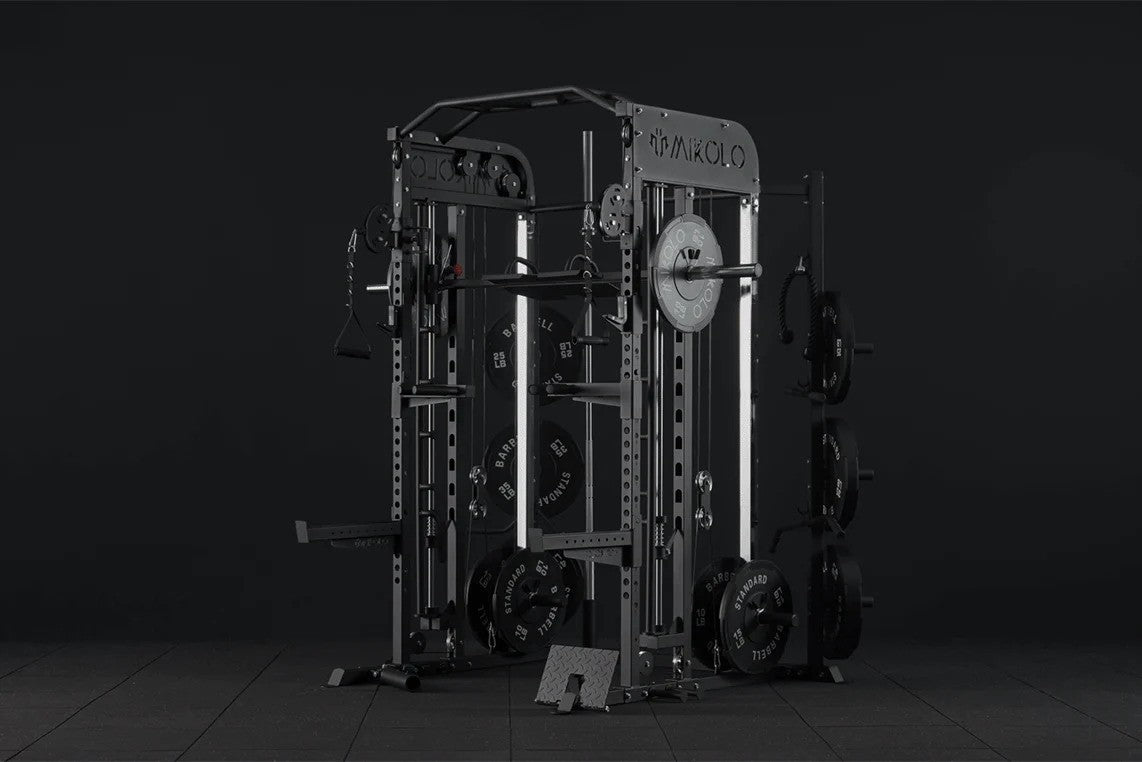
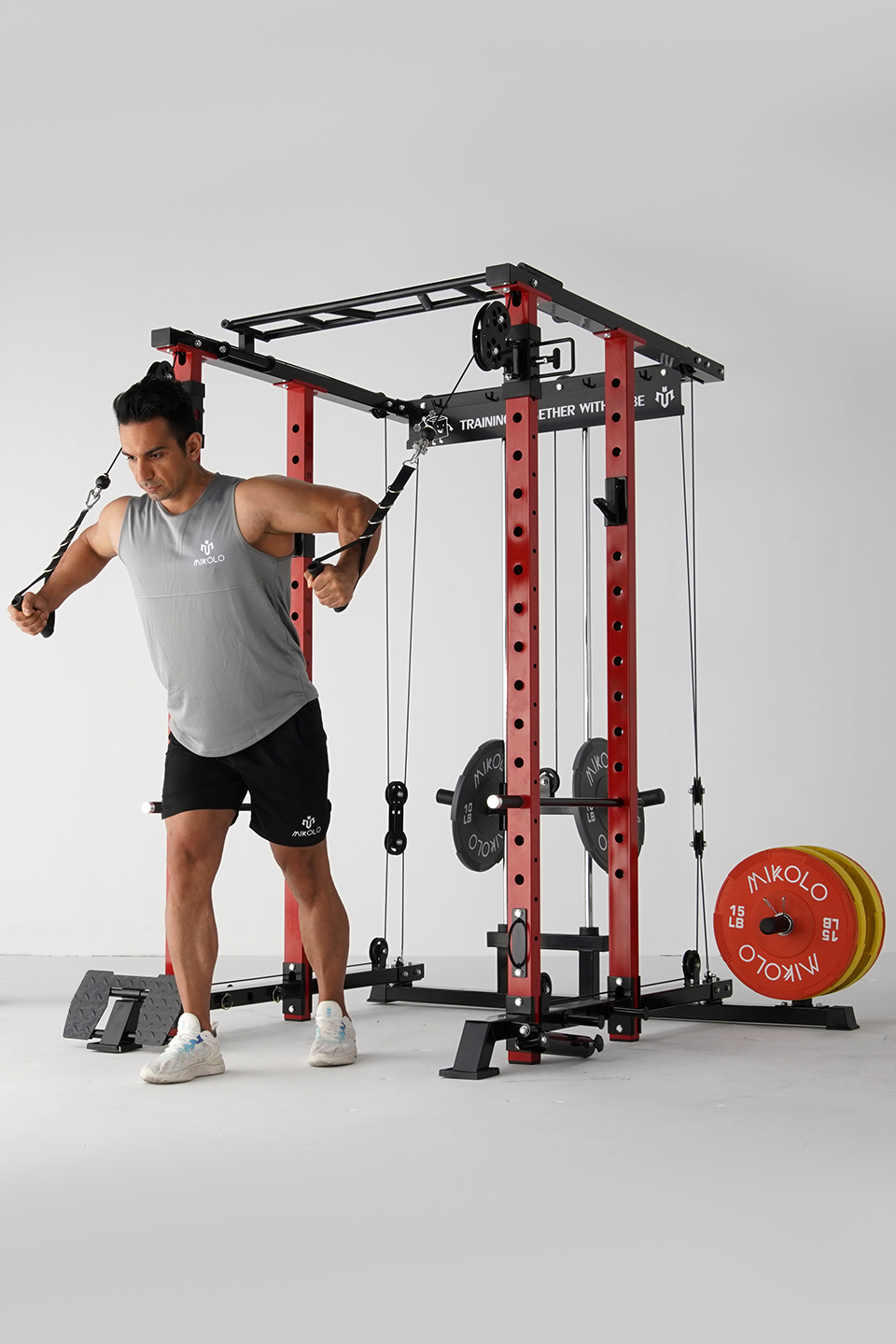
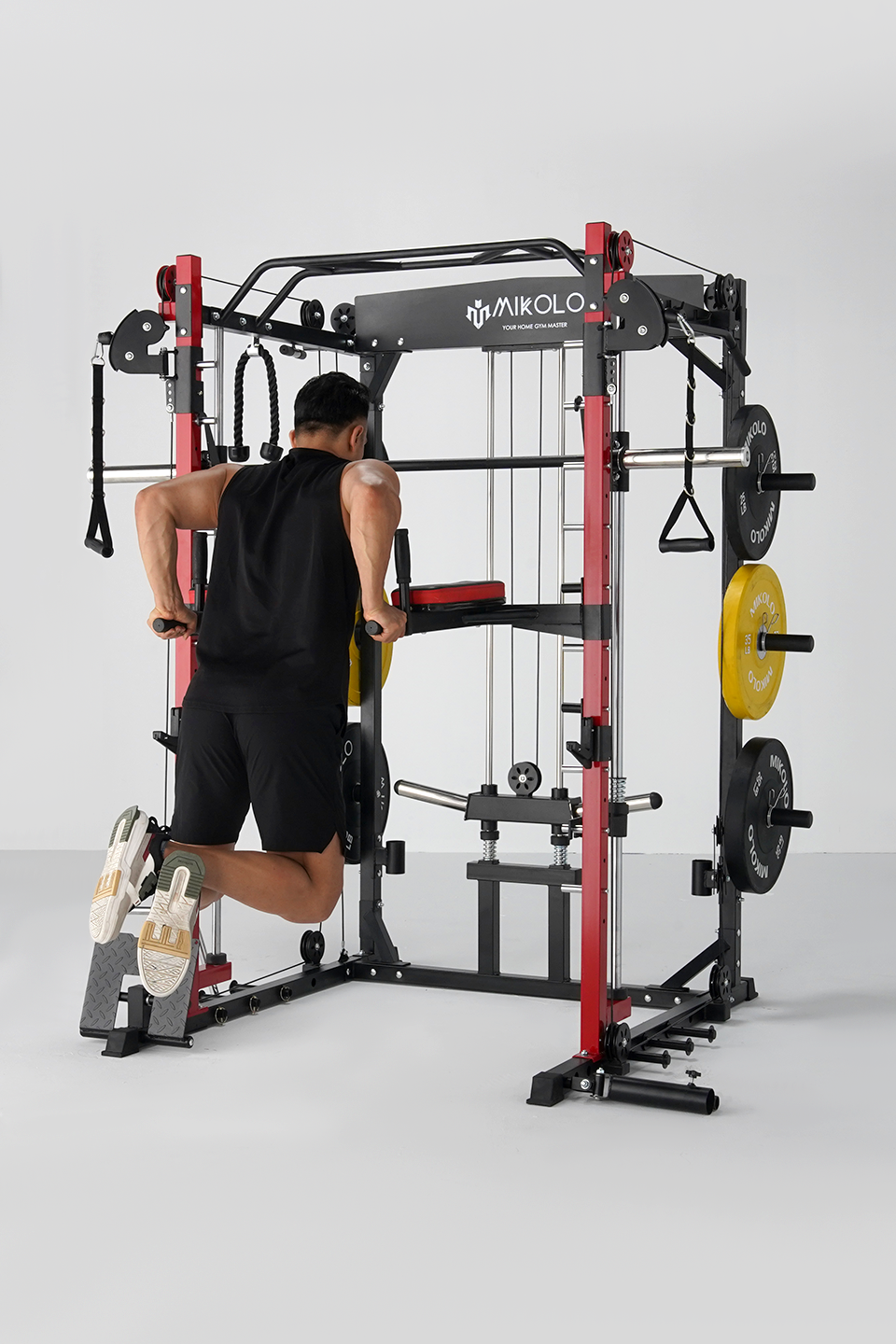


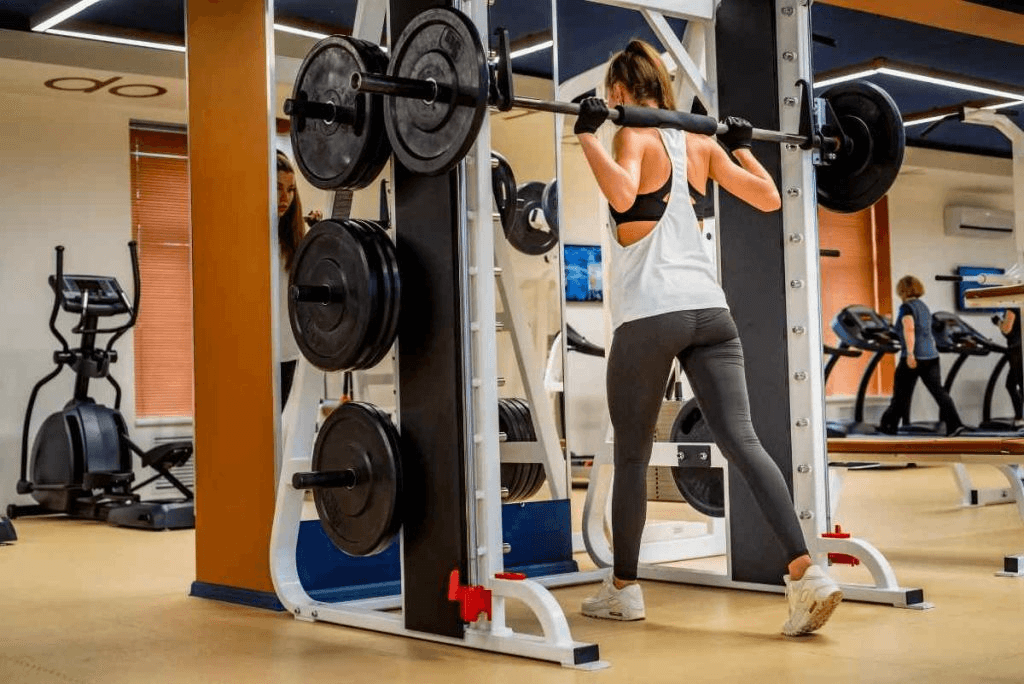
Leave a comment
This site is protected by hCaptcha and the hCaptcha Privacy Policy and Terms of Service apply.